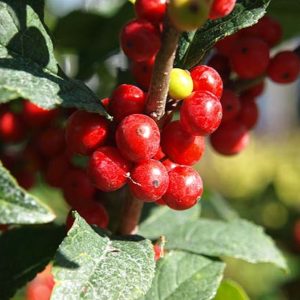
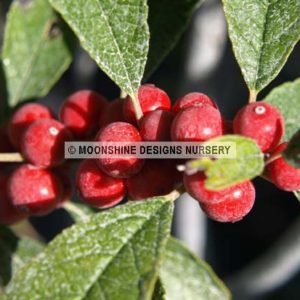
Holly, Winterberry, Afterglow
One of the best plants for fall and winter color.
Female plants produce bright red berries in profusion in early fall while leaves are still green and remain until mid-winter.
Berried stems often used in seasonal dried arrangements.
Likes acidic soil, will tolerate wet, swampy conditions.
Native to the northeastern United States.
Winterberry is dioecious, so both male and female plants are needed for fruit production.
Zone: 4-9
Height: 5-8 Feet
Spread: 5-8 Feet
Winterberry’s bright red berries provide color in winter after the leaves have fallen off. The plant grows in sun or partial shade and a rich, well- drained soil, although it tolerates swampy areas. The fruits are often eaten by birds. Also used at Christmas for decorations.
Use Jim Dandy as the male pollinator.
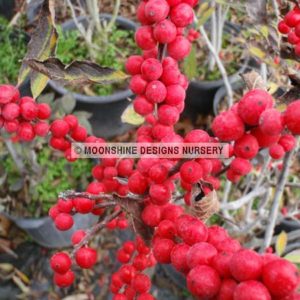
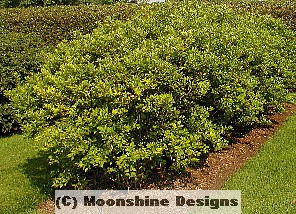
Holly, Winterberry, Berry Heavy
A spectacular winter show with its heavy set of large, bright red berries. This selection rivals all other winterberry selections for its sheer mass of fruit. Use Jim Dandy as the male.
Zone 4-7
6-8 feet
Full Sun to Partial Shade
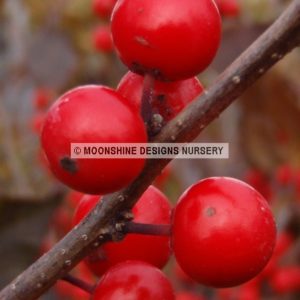

Holly, Winterberry, Berry Nice
BERRY NICE® Winterberry Holly
The dark red berry display is so vivid, the original plant was selected by sight at a distance of 1/4 mile. It’ll make you stop and take notice. Good clean foliage.
This lovely native is well adapted to wet soils, so it’s a perfect choice for near a pond or stream. The fruit appears in autumn and remains until early spring when the returning birds feast on the showy fruit. Berry Nice makes a great plant for cut arrangements. Planting a male selection in near proximity greatly improves the fruiting of Winterberry.


Holly, Winterberry, Jim Dandy Male
One of the best plants for fall and winter color.
Female plants produce bright red berries in profusion in early fall while leaves are still green and remain until mid-winter. This male variety is required for berry production on the females. Allow one male for every three females. Plants should be within 50′ of each other for best fruit set.
Berried stems often used in seasonal dried arrangements.
Likes acidic soil, will tolerate wet, swampy conditions.
Native to the northeastern United States.
Winterberry is dioecious, so both male and female plants are needed for fruit production.
Zone: 4-9
Height: 9 Feet
Spread: 9 Feet
May be pruned shorter.


Holly, Winterberry, Southern Gentleman Male
One of the best plants for fall and winter color.
Female plants produce bright red berries in profusion in early fall while leaves are still green and remain until mid-winter. This male variety is required for berry production on the females. Allow one male for every three females. Plants should be within 50′ of each other for best fruit set.
Berried stems often used in seasonal dried arrangements.
Likes acidic soil, will tolerate wet, swampy conditions.
Native to the northeastern United States.
Winterberry is dioecious, so both male and female plants are needed for fruit production.
Zone: 4-9
Height: 9 Feet
Spread: 9 Feet
May be pruned shorter.
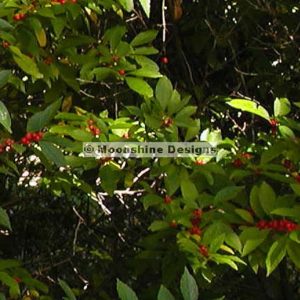
Holly, Winterberry, Sprite
One of the best plants for fall and winter color.
Female plants produce bright red berries in profusion in early fall while leaves are still green and remain until mid-winter. This male variety is required for berry production on the females. Allow one male for every three females. Plants should be within 50′ of each other for best fruit set. Use Southern Gentleman as the male.
Berried stems often used in seasonal dried arrangements.
Likes acidic soil, will tolerate wet, swampy conditions.
Native to the northeastern United States.
Winterberry is dioecious, so both male and female plants are needed for fruit production.
Zone: 4-9
Height: 3-4 Feet
Spread: 3-4 Feet
May be pruned shorter.
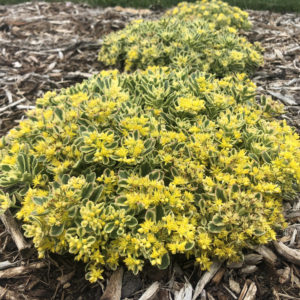
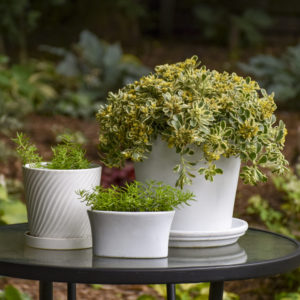
Sedum, ‘Boogie Woogie’ Rock ‘N Round™
A summer-flowering groundcover plant with beautiful green and cream variegation. It looks beautifully bright all season, and yellow flowers are an added bonus
Zones 3-9
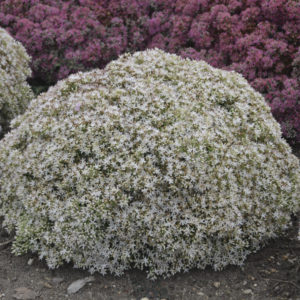
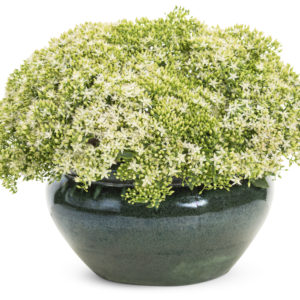
Sedum, ‘Bundle of Joy’ Rock ‘N Grow®
Forms a low, rounded mound in spring, growing to just under 1′ tall by summer. Light green leaves become covered in a dome of pure white flowers followed by pretty seed heads.
Zones 3-9
AVAILABLE MID JUNE, 2019
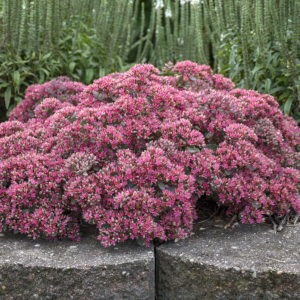
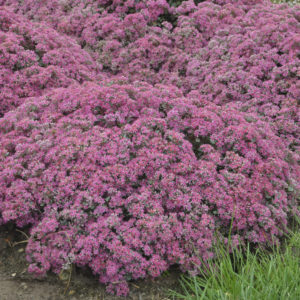
Sedum, ‘Popstar’ Rock ‘N Round™
This low maintenance perennial will be the star of your late summer garden. Blue-green foliage forms a dense, compact, mounded habit. Salmon pink flowers.
Zones 3-9
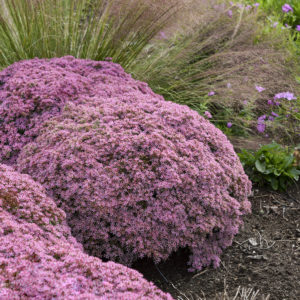

Sedum, ‘Pride and Joy’ Rock ‘N Round™
Forms a low, rounded mound in spring, growing to just under 1′ tall by summer. Dark green leaves become covered in a dome of dark pink flowers followed by pretty seed heads.
Zones 3-9
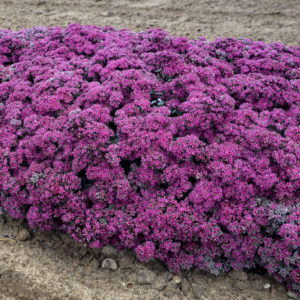

Sedum, ‘Superstar’ Rock ‘N Grow®
This low maintenance perennial will be the star of your late summer garden. Dark turquoise foliage forms a dense, compact, mounded habit. Rosy pink flowers.
Zones 3-9
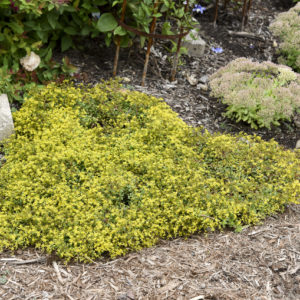
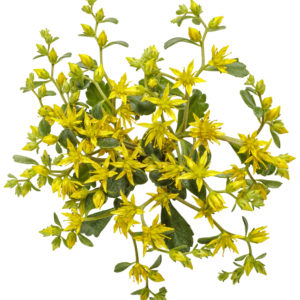
Sedum, ‘Yellow Brick Road’ Rock ‘N Low™
A beautiful groundcover for sunny, dry areas. Fine-textured yellow flowers cover dark green leaves and red stems with a beautiful habit. Blooms a little later than standard summer flowering Stonecrop to extend the season of your garden.
Zones 3-9
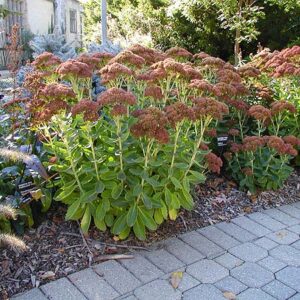
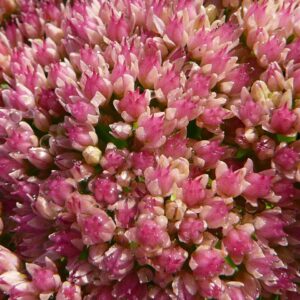
Sedum, Autumn Fire
This very tough late summer through fall blooming perennial has become a worldwide favorite for both its beauty and ease of maintenance. The flowers begin showing a broccoli green color during summer. As the summer progresses, the flowers become pinker until they turn a beautiful russet tone by fall.


Sedum, Autumn Fire Plug Flat
This very tough late summer through fall blooming perennial has become a worldwide favorite for both its beauty and ease of maintenance. The flowers begin showing a broccoli green color during summer. As the summer progresses, the flowers become pinker until they turn a beautiful russet tone by fall. 50 count Plug Flat
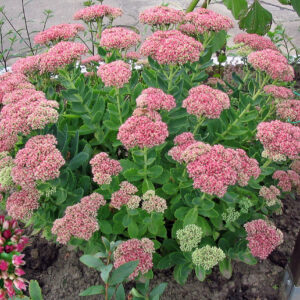
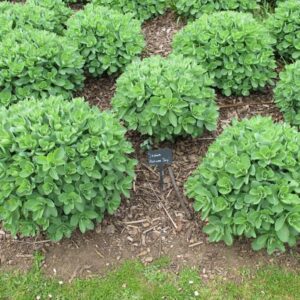
Sedum, Autumn Joy
This very tough late summer through fall blooming perennial has become a worldwide favorite for both its beauty and ease of maintenance. The flowers begin showing a broccoli green color during summer. As the summer progresses, the flowers become pinker until they turn a beautiful russet tone by fall.


Sedum, Autumn Joy Plug Flat
This very tough late summer through fall blooming perennial has become a worldwide favorite for both its beauty and ease of maintenance. The flowers begin showing a broccoli green color during summer. As the summer progresses, the flowers become pinker until they turn a beautiful russet tone by fall. 50 Count Plug Flat
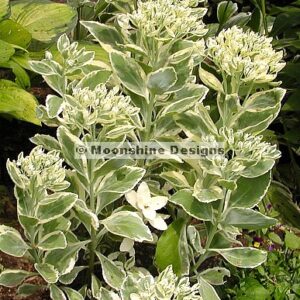
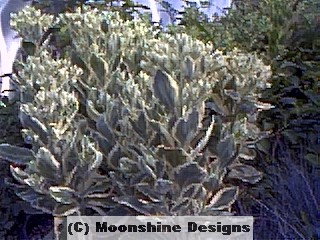
Sedum, Frosty Morn
This very tough late summer through fall blooming perennial has become a new favorite for both its beauty and ease of maintenance. The white margins on the green leaves resemble frost. Really an eye catcher and sure to raise conversation by those who see it!
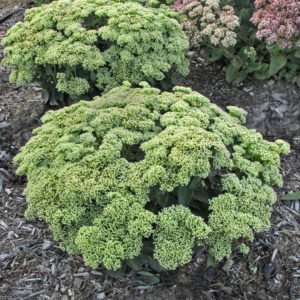
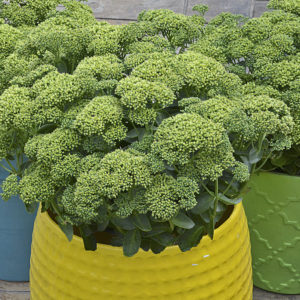
Sedum, Lemon Jade Rock ‘N Grow®
Features
I’ll be a NEW COLOR for your PALETTE.
This unique stonecrop bears bright citron yellow blossoms rather than the typical pink. Yellow seed heads take on rosy peach tones in cold weather. Compact, mounded habit.
Fall Interest Winter Interest
Heat Tolerant Drought Tolerant Salt Tolerant
Attracts: Bees Butterflies Resists: Rabbits
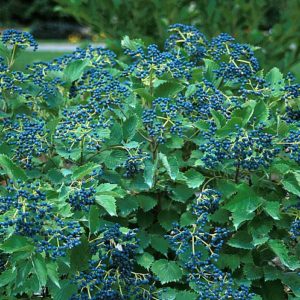
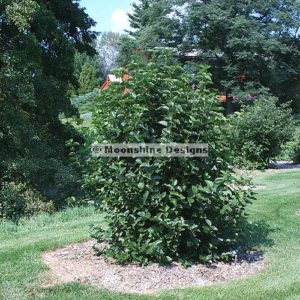
Viburnum, Blue Muffin™
A new compact selection of Arrowwood Viburnum! The perfect sized plant for residential landscapes. This compact beauty has loads of white spring flowers, and an impressive display of rich blue berries. Makes a great low hedge or foundation plant. Good container growing plant. Attracts songbirds. Berries are NOT edible.
The habit is dense and multistemmed with arching branches. The foliage is glossy dark green, fall colors are yellows, reds and purples.
Hardiness: USDA Zone 3-9
Size: 3 to 5 feet 3 to 4 feet wide
Exposure: Very adaptable! Full sun, partial shade or shade
Soil: Adaptable to many soils, moderate moisture
Uses: Not only is this plant showy, it’s very utilitarian. Use it as a small hedge, a foundation plant or on the edge of a woodland setting.
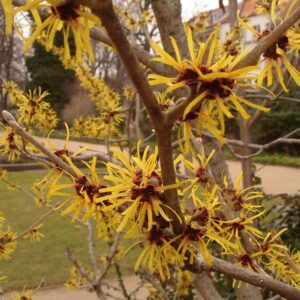

Witch Hazel
WITCH-HAZEL is the common name for Hamamelis virginica. The clusters of rich yellow flowers begin to expand in the autumn before the leaves fall and continue throughout the winter. Often blooms in winter!
Witch Hazel; small tree or shrub
